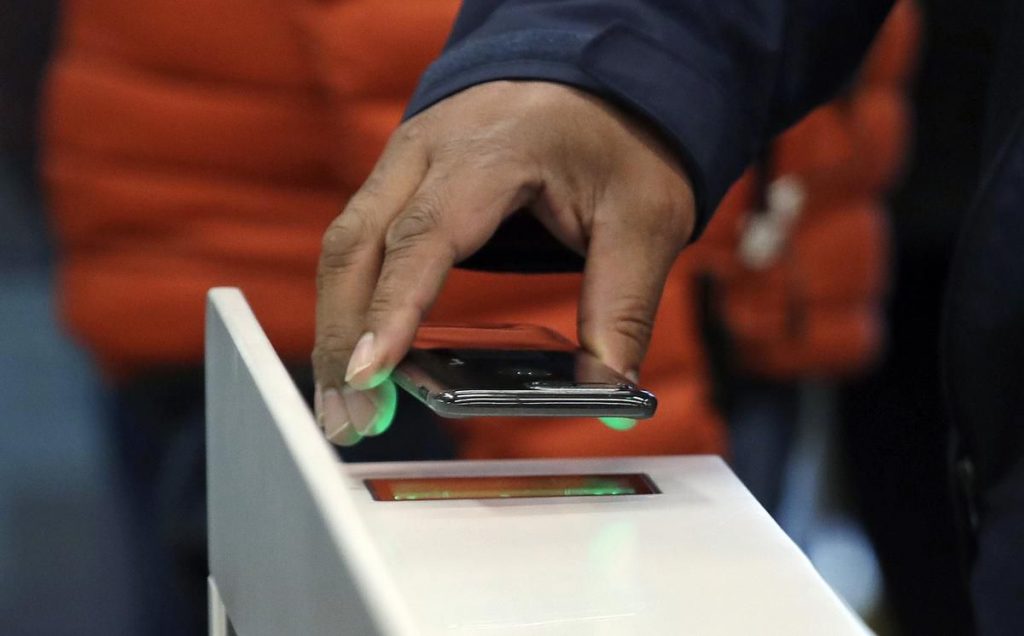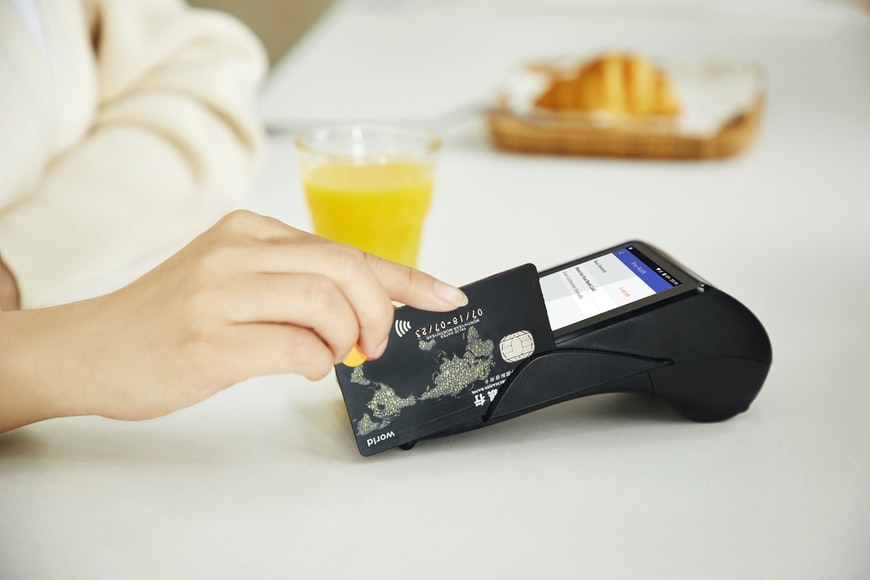
The Canadian dollar has been the nation’s currency since 1858, taking over from the relatively short-lived Canadian pound. The colorful notes adorned by a loon on the back have been a staple of the Canadian economy for generations, and yet, we’re now barrelling towards the loonie being wiped out almost in its entirety.
People all over the world are adopting more digital and NFC solutions to making payments and moving money, but Canada is changing at the greatest speed. Already, Canada is tipped as the most likely nation to go cashless, already standing as the most-cashless country with a score of 79.1 out of 100.
Last year, it was found that 62 percent of Canadians started to use cash a lot less than the year prior. Now, not only do fewer Canadians want to use cash at stores, but only 22 percent of local business purchases were made with cash, dropping from close to 40 percent. It now seems inevitable that Canada will go cashless in the near future.
Already set for cashless Canada
Canada’s population has already adopted just about every form of cashless money to some degree, with credit and debit cards, eWallets, mobile payment apps, and even cryptocurrencies finding substantial audiences. In fact, Toronto and Vancouver boast the most stores and ATMs that accept cryptocurrencies, particularly Bitcoin, as a form of payment or exchange. KFC Canada even ran a limited-time “Bitcoin Bucket.”
Still, even in Canada, cryptocurrencies are rather niche. Being an online-only industry of money-based entertainment, a good place to look to gauge the popularity of modern payment options in Canada is the casino rankings. As shown by the list of the top online casino sites for 2021 in Canada, all accepted Visa and MasterCard, most accept PayPal, Trustly, or Interac, and some other permit Neteller, Skrill, or ecoPayz.
This demonstrates the demand for eWallet payment options, with their additional security measures appealing to the majority of Canadian internet users. In stores, mobile payments, particularly via NFC, are springing up in abundance. Now, the majority of small business stores and up have the capacity to accept payments from the tap of your phone or credit and debit cards.
The leading players in Canada’s cashless future
Naturally, the leaders in cashless Canada will be the present leaders, Visa and MasterCard credit and debit cards. With NFC functionality baked into most peoples’ cards now, they’ll be used even more for touch payments. However, as we all become more security-focused and protective of our money and the plastic that links to them, mobile payment apps will likely become even more popular.
As it stands, the most popular forms of mobile payments are PayPal, Apple Pay, and Google Pay. The three accounted for a combined 48.1 percent of mobile payments in 2019, with that number only likely to grow in the coming years. In fact, in 2016 – having enjoyed ten years of service in Canada – PayPal announced that it had 6.4 million active users, powering over 250,000 payments to businesses. It’s only risen in use since.
A dark horse contender to break into the cashless Canada scene, however, is cryptocurrency – but not as it’s best-known these days. The Bank of Canada has warned against the volatility of the likes of Bitcoin and altcoins, but one form which may become a less volatile option could be stablecoins, which are backed by national currencies. However, even these would rely on widespread adoption and policy to live up to the name.
The loonie may soon be an artifact, with Canadians embracing the ways of a cashless society already.







More Stories
Sportswear: Lolle acquires Louis Garneau Sports
REM is still innovative enough to foot the bill
A trip to the restaurant with no regrets for these customers